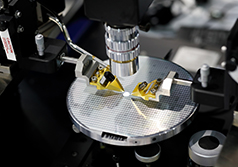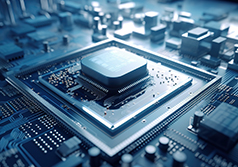Navigating Complexities in Integrating AI for Advancements in Power Electronic Systems
This article explores the intricate challenges associated with the integration of artificial intelligence (AI) approaches at various stages of the power electronic system lifecycle. The discussion encompasses the application of AI in design, control, maintenance, and the synergistic utilization of AI throughout the entire lifecycle, addressing both the promises and hurdles.
I. Illuminating the Design Landscape with Artificial Intelligence:
The design of power electronic systems has witnessed a paradigm shift with the integration of AI. This section delves into the multifaceted approaches, including genetic algorithms, neural networks, and machine learning techniques, that aim to optimize the complex and multidimensional design space. Challenges such as navigating intricate design landscapes and addressing the need for extensive datasets pose obstacles to the seamless adoption of AI in the design process.
II. Orchestrating Control Strategies: The Role of Artificial Intelligence:
AI-based control strategies, encompassing reinforcement learning, fuzzy logic, and model predictive control, promise improved performance and adaptability in power electronic systems. However, challenges in real-time implementation, robustness against uncertainties, and the imperative of explainability in critical applications are discussed, shedding light on the intricacies of incorporating AI into control mechanisms.
III. Pioneering Proactive Maintenance through Artificial Intelligence:
Proactive maintenance, a critical aspect of power electronic systems, is explored through the lens of AI. Predictive maintenance, fault diagnosis, and condition monitoring are discussed as key areas where AI demonstrates potential. Challenges, including ensuring data quality, interpreting AI-generated insights, and integrating AI with existing maintenance practices, are examined in detail.
IV. Navigating the AI Frontier in Power Electronic Systems:
The application of AI in power electronic systems faces unique challenges, such as high computational requirements and the necessity for extensive training datasets. Additionally, concerns regarding reliability and safety in critical applications are highlighted, offering a comprehensive overview of the difficulties encountered in realizing the potential of AI in this domain.
V. Synergistic Integration of AI Throughout the Lifecycle:
The holistic integration of AI throughout the entire lifecycle, from design to maintenance, is explored. This section details the challenges associated with coordinating different AI modules, addressing compatibility issues, and ensuring scalability for optimal system performance and efficiency. The discussion emphasizes the need for a cohesive approach to leverage AI across all stages of the power electronic system lifecycle.
Conclusion:
The promises of AI in power electronic systems are vast, but so are the challenges. Successfully navigating these complexities requires collaborative efforts from researchers, engineers, and industry stakeholders. Addressing these obstacles is crucial for unlocking the full potential of AI, ushering in a new era of more efficient, reliable, and intelligent power electronic systems across diverse applications.
Subscribe to Us !
Related Parts More
-
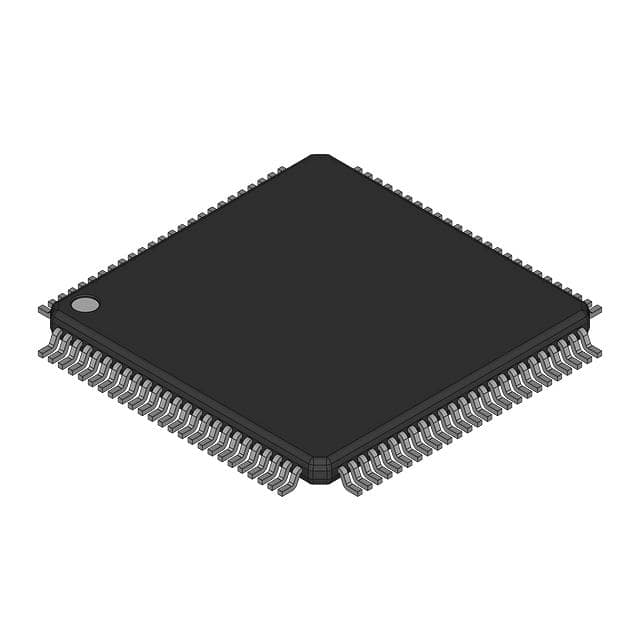 LV71081E-MPB-E
LV71081E-MPB-Eonsemi
-
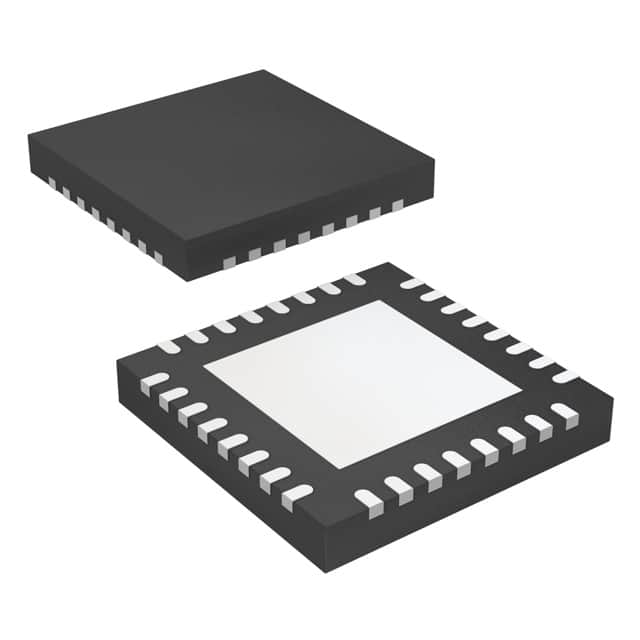 LMK00334RTVRQ1
LMK00334RTVRQ1Texas Instruments
-
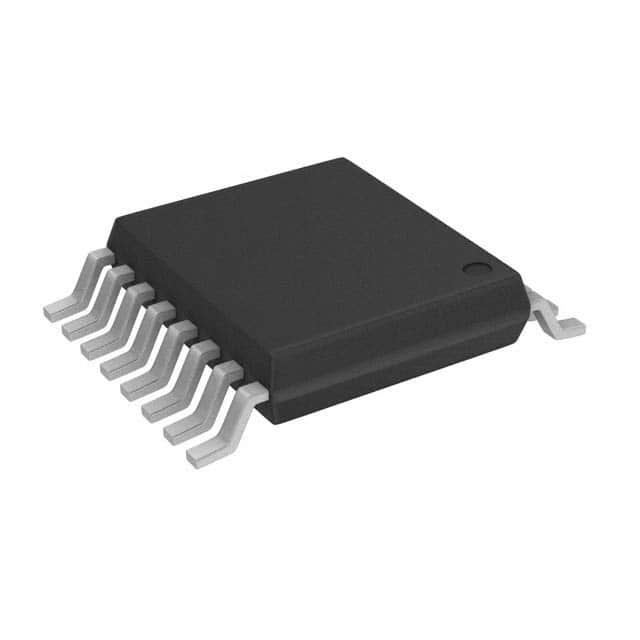 PI6C557-03LEX
PI6C557-03LEXDiodes Incorporated
-
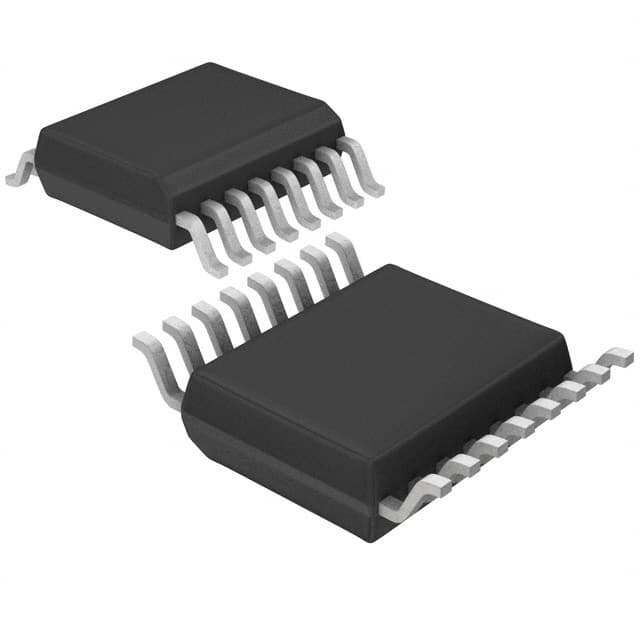 PCM1753DBQR
PCM1753DBQRTexas Instruments
-
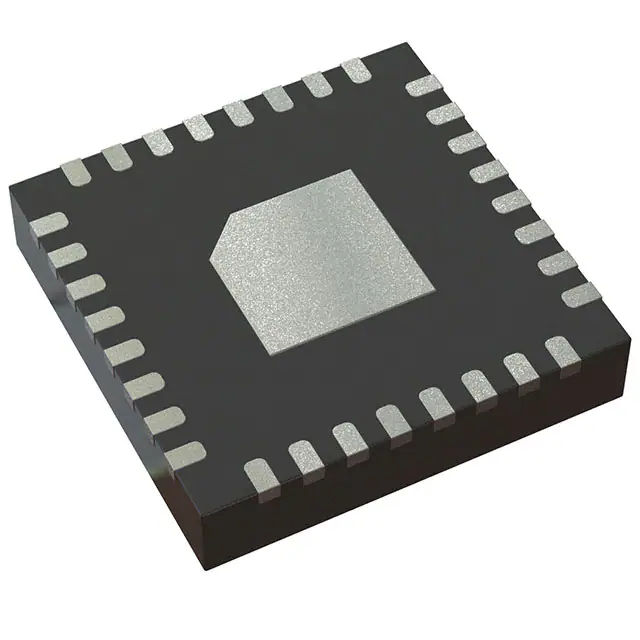 ADS1204IRHBT
ADS1204IRHBTTexas Instruments
-
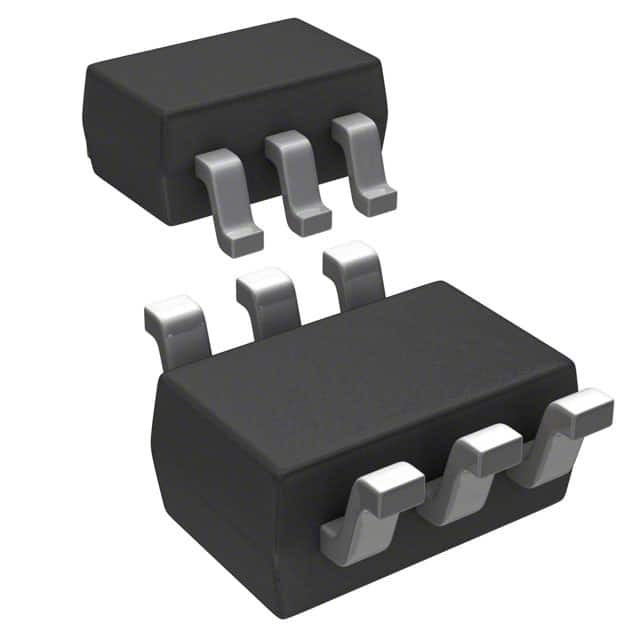 MCP4018T-104E/LT
MCP4018T-104E/LTMicrochip Technology
-
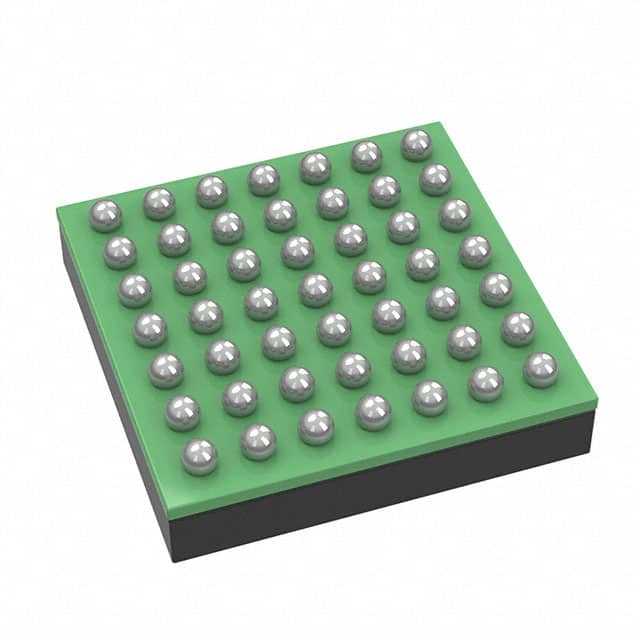 T4F49C2
T4F49C2Efinix, Inc.
-
.jpg) A40MX02-PLG44
A40MX02-PLG44Microchip Technology
-
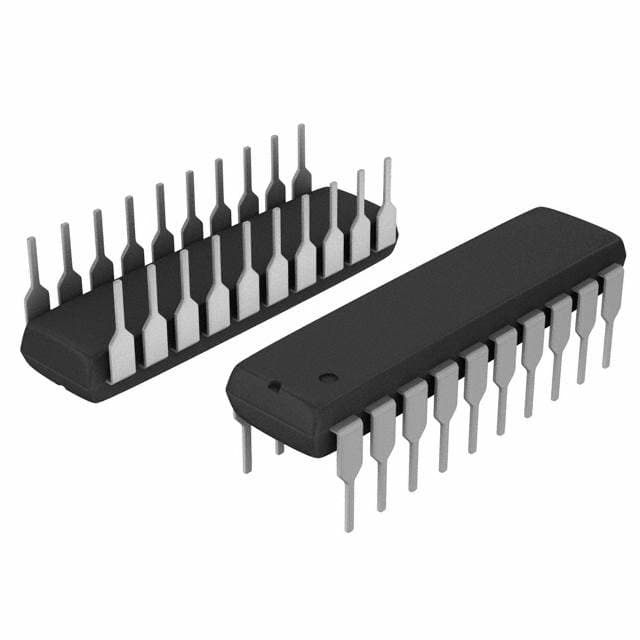 ATF16V8C-7PU
ATF16V8C-7PUMicrochip Technology
-
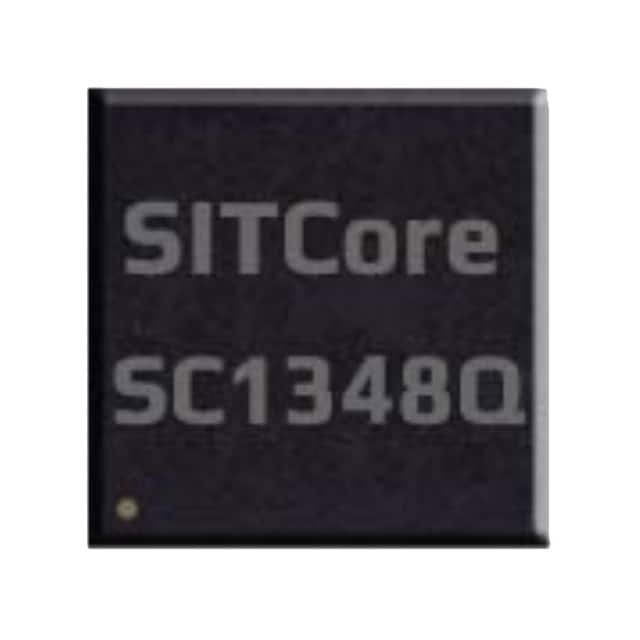 SC-13048Q-A
SC-13048Q-AGHI Electronics, LLC



